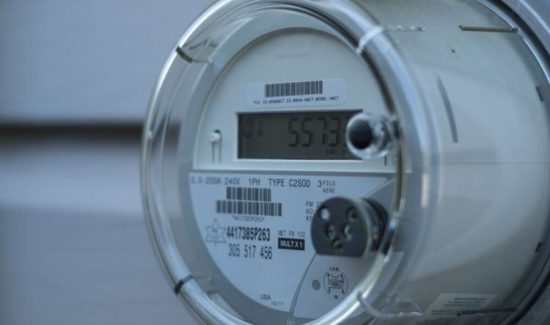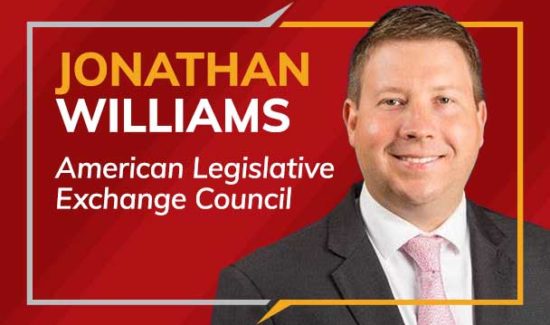Pittsburgh Regional Transit Must Right-size

Well past the deepest throes of the coronavirus pandemic, ridership on Pittsburgh Regional Transit (PRT) buses and trolleys remains a shadow of its former self.
And a new analysis of that paucity by the Allegheny Institute for Public Policy says Allegheny County’s mass-transit agency must right-size its many weak performing routes or face government funding cuts.
“It is past time for these governing bodies to be much better stewards of the tax dollars sent to PRT and to go further and demand remedial steps to reduce PRT operational costs that were far out of line with other transit agencies before the pandemic,” says Eric Montarti, research director at the Pittsburgh think tank (in Policy Brief Vol. 22, No. 39).
“Bus and light-rail ridership … remains far below pre-pandemic levels,” Montarti notes in the latest white paper examining PRT operations.
To wit, in August 2022, compared with pre-pandemic August 2019, average bus ridership was 37 percent lower and average light-rail ridership 52 percent lower.
“Low ridership exacerbates PRT’s already high operating costs,” the think tank scholar says.
“(I)f ridership does not increase dramatically by year’s end, PRT needs to look at bus routes with extremely low levels of ridership and either cut trips or begin shifting service to much smaller vehicles that consume much less fuel and have, overall, drastically lower operation costs,” Montarti says, reiterating a prior assessment.
Of the 725 buses PRT operates, 30 are 35 feet in length, which is the smallest size bus PRT operates. On light-rail the options are limited to fewer trips and running single-unit trains.
“Although PRT adjusts service on a quarterly basis, with the next adjustment scheduled to go into effect in November, the very low-performing routes should be candidates for changes along the lines suggested above,” Montarti says.
But should PRT fail that charge, public funding should be adjusted to force the agency’s hand.
Pittsburgh Regional Transit has been using federal COVID relief dollars to cover shortfalls caused by tanked ridership; how long that money will last depends on how ridership recovers.
But, “The entities that provide recurring taxpayer subsidies to PRT—Pennsylvania, Allegheny County and the Regional Asset District (RAD)—should re-evaluate support if significant service changes don’t happen,” Montarti says.
“To date, there has been no indication of a change in their funding levels,” he notes.
Do recall as well that the commonwealth’s fiscal 2022-23 budget shifted sales and use-tax money to replace Pennsylvania Turnpike dollars (as directed by Act 89 of 2013) in the public transportation trust fund that subsidize PRT and other transit agencies in Pennsylvania.
PRT has received $68.3 million in state operating assistance through September, the first three months of the current fiscal year.
“Legislators need to look at ridership at all systems across the state and consider cutting funding if ridership remains dramatically below pre-pandemic levels,” Montarti stresses.
And don’t forget that Allegheny County’s alcoholic beverage and vehicle-rental taxes and a RAD grant match the state dollars that come to PRT. Both the county’s and RAD’s budgets must be approved by the end of the year.
“The county is budgeting $49.5 million and RAD’s preliminary budget includes $3 million,” Montarti reminds.
That latter amount has been requested and approved each year since 2013, even though RAD board members urged state and local leaders to find other sources of money when the initial grant was made.
“RAD now has even stronger grounds for refusing to contribute,” Montarti concludes.
Colin McNickle is communications and marketing director at the Allegheny Institute for Public Policy ([email protected]).





